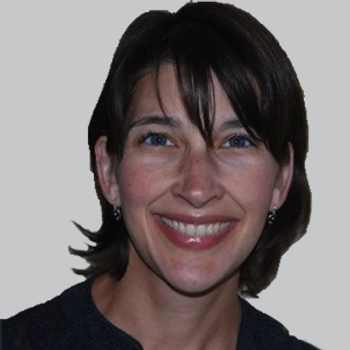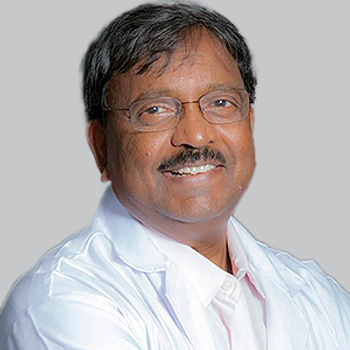
Measuring Sleepiness in Patients With OSA
Panelists discuss how they approach measuring sleepiness in patients with OSA, with emphasis on trusting patient reports over relying solely on objective tests like the Epworth Sleepiness Scale, which they view as a useful screening tool but inadequate by itself due to patients often minimizing their symptoms.
Episodes in this series

Video content above is prompted by the following:
This discussion addresses the challenge of objectively measuring sleepiness in patients with obstructive sleep apnea (OSA), drawing parallels to how clinicians approach headache complaints. While the Epworth Sleepiness Scale serves as a useful screening tool, it's "woefully inadequate" as a stand-alone assessment. Panelists notes that a patient with an Epworth score of 17 provides clear clinical insight, but the test has significant limitations when used in isolation for comprehensive sleepiness evaluation.
The discussion reveals a critical clinical bias: OSA patients typically minimize rather than exaggerate their sleepiness symptoms. Panelists explains that while objective tests like the Multiple Sleep Latency Test and the Maintenance of Wakefulness Test provide valuable data, they're time-intensive and not practical for routine office visits. He advocates for trusting patient reports, noting that insurance requirements, driving safety concerns, or disability evaluations may necessitate formal testing to document inadequate wakefulness levels despite optimal continuous positive airway pressure therapy.
A significant challenge emerges regarding the disconnect between Epworth scores and real-world sleepiness experiences. Jones describes patients whose life stories indicate severe sleepiness but whose Epworth responses suggest minimal symptoms. This interpretive nature of self-assessment tools highlights the importance of clinical judgment over rigid adherence to numerical scores. The conversation emphasizes that patients often lack self-awareness about their sleepiness levels, similar to how someone might not perceive their own height accurately, making clinician assessment and partner observations crucial for accurate diagnosis.
Newsletter
Keep your finger on the pulse of neurology—subscribe to NeurologyLive for expert interviews, new data, and breakthrough treatment updates.



































